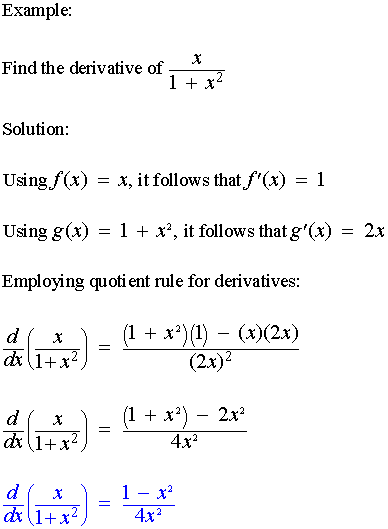
(In fact, these properties are why we call these functions “natural” in the first place!)įrom these, we can use the identities given previously, especially the base-change formula, to find derivatives for most any logarithmic or exponential function. Strictly speaking, the derivative of logex is the function 1x, restricted to the domain (0,).

Look at some of the basic ways we can manipulate logarithmic functions: The logarithm to the base e is an important function. This means that there is a “duality” to the properties of logarithmic and exponential functions. Take a moment to look over that and make sure you understand how the log and exponential functions are opposites of each other. In general, the logarithm to base b, written \(\log_b x\), is the inverse of the function \(f(x)=b^x\). Therefore, the natural logarithm of x is defined as the inverse of the natural exponential function: For example log base 10 of 100 is 2, because 10 to the second power is 100. When we take the logarithm of a number, the answer is the exponent required to raise the base of the logarithm (often 10 or e) to the original number. Remember that a logarithm is the inverse of an exponential. We'll see one reason why this constant is important later on. The natural exponential function is defined as However, that would be a fairly messy process. Differentiating this function could be done with a product rule and a quotient rule. It’s easiest to see how this works in an example. Review of Logarithms and Exponentialsįirst, let's clarify what we mean by the natural logarithm and natural exponential function. This is called logarithmic differentiation. While there are whole families of logarithmic and exponential functions, there are two in particular that are very special: the natural logarithm and natural exponential function.

Derivative of log function how to#
In this lesson, we'll see how to differentiate logarithmic and exponential functions. Differentiating logarithmic functions using log properties.

Practice: Differentiate logarithmic functions. Worked example: Derivative of log(x²+x) using the chain rule. Differentiating a Logarithm or Exponentialīy now, you've seen how to differentiate simple polynomial functions, and perhaps a few other special functions (like trigonometric functions). Practice: Logarithmic functions differentiation intro.


 0 kommentar(er)
0 kommentar(er)
